During a few hours off work, I recently had the chance to wander around Padua, one of the many historical jewels that make up Italy’s immense cultural heritage. What makes Padua special is its devotion to a powerful icon of Christianity, Sant’ Antonio. A Portuguese by birth, Sant’ Antonio belonged to the Franciscan Order and gave birth to a religious movement whose importance is testified by the basilica that still bears his name.
For the photographer, Padua is a goldmine, not only for its architectural masterpieces, but also for the many less obvious and nonetheless interesting details. For example, here is a close-up of an antique bookstore display case.
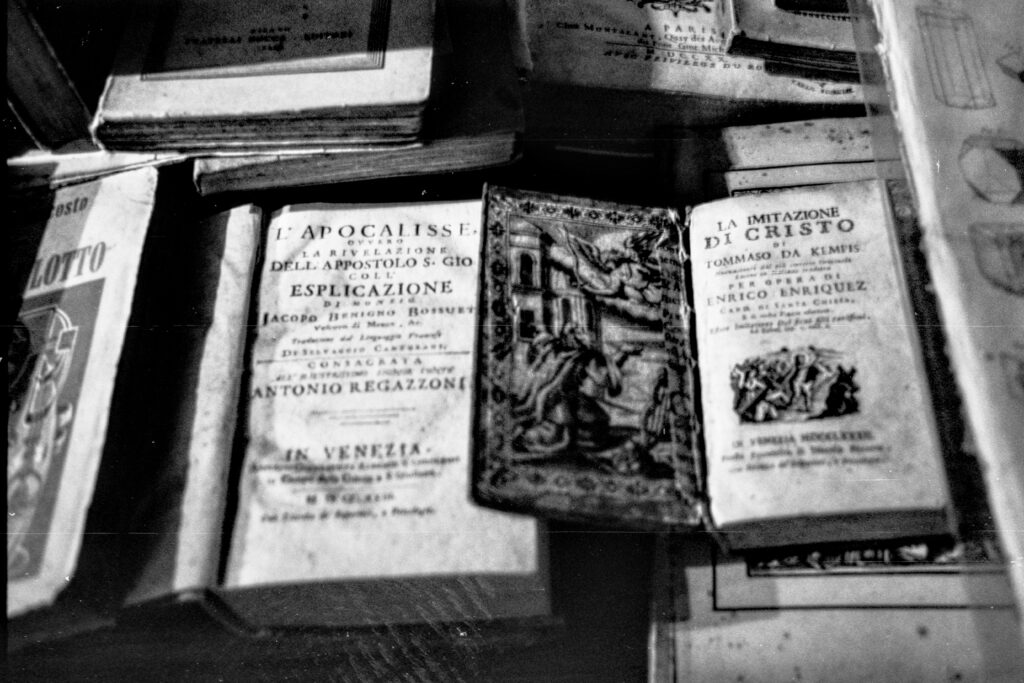
Cultural counterpoint is always an interesting approach to photography because it offers the opportunity to connect different worlds. In this case, a fairly traditionally-styled Japanese ramenya is surrounded by a very different architectural setting.
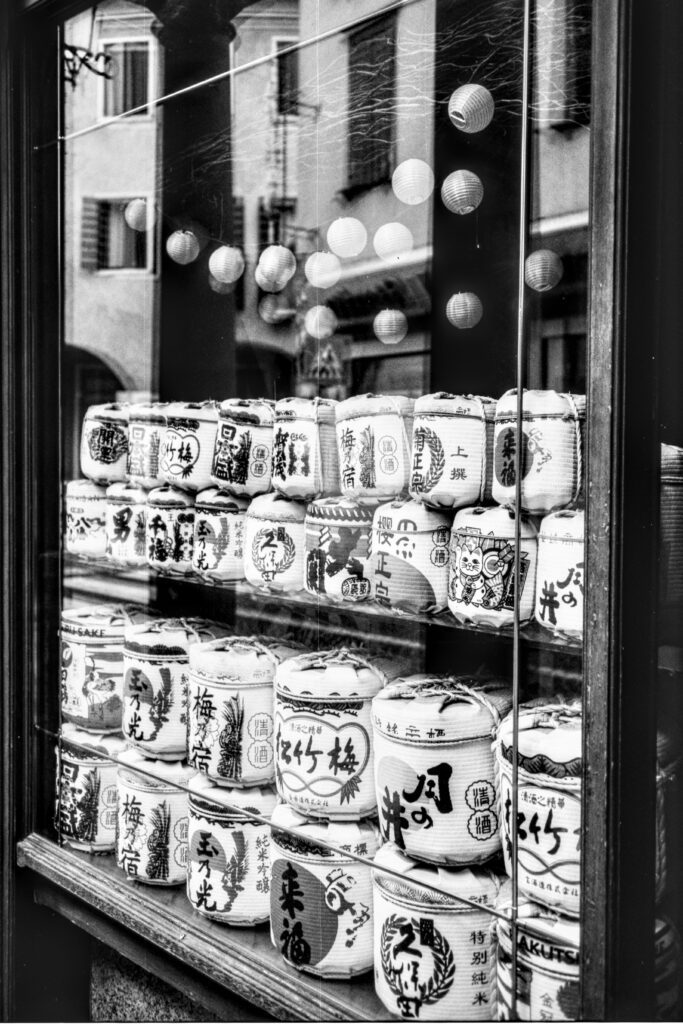
The meaning of this statement is more apparent when the photo is taken from a different point of view.
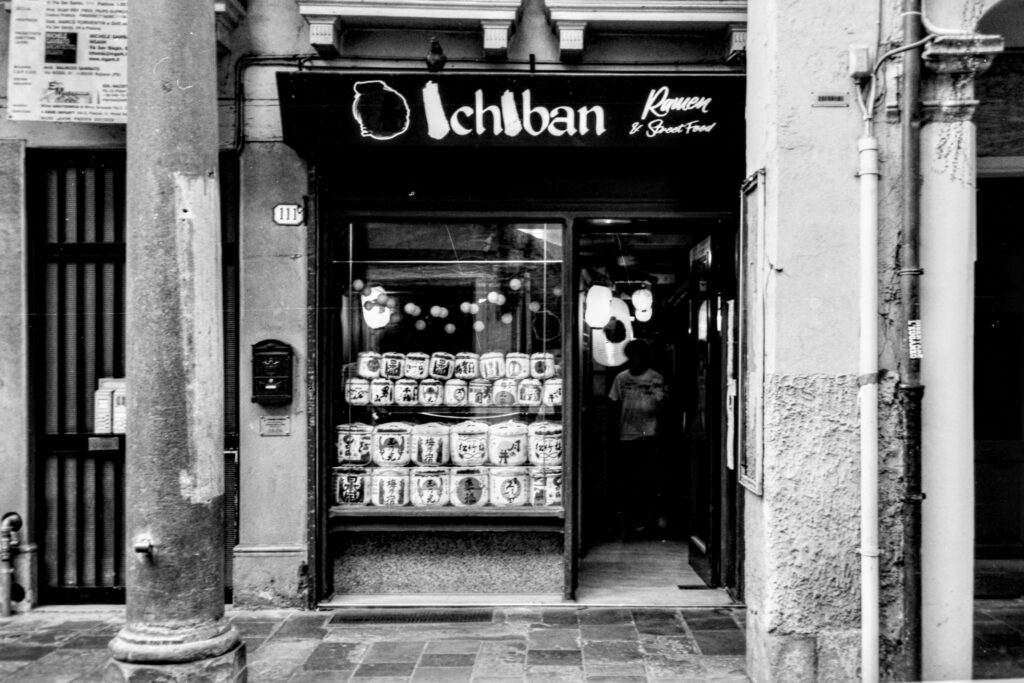
Graffiti has been an integral part of Italian culture since Roman times. Very often they are mere acts of vandalism, but sometimes they give an insight into the social dynamics of a place. In this case, it seems that there is no need to use one of the notorious encrypted instant messaging platforms to inform those concerned of an impending joint-smoking party.
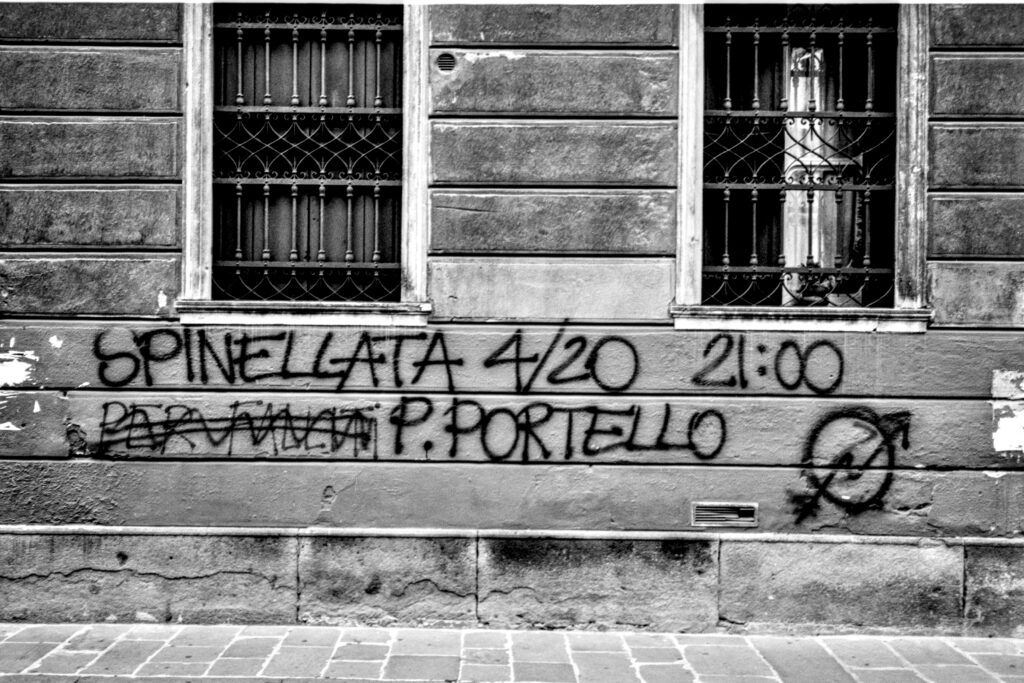
Less ancient architecture is also a possible target, as it is evidence of how a place changes over time. This picture was taken in Riviera Businello, not far from the more central part of the town.
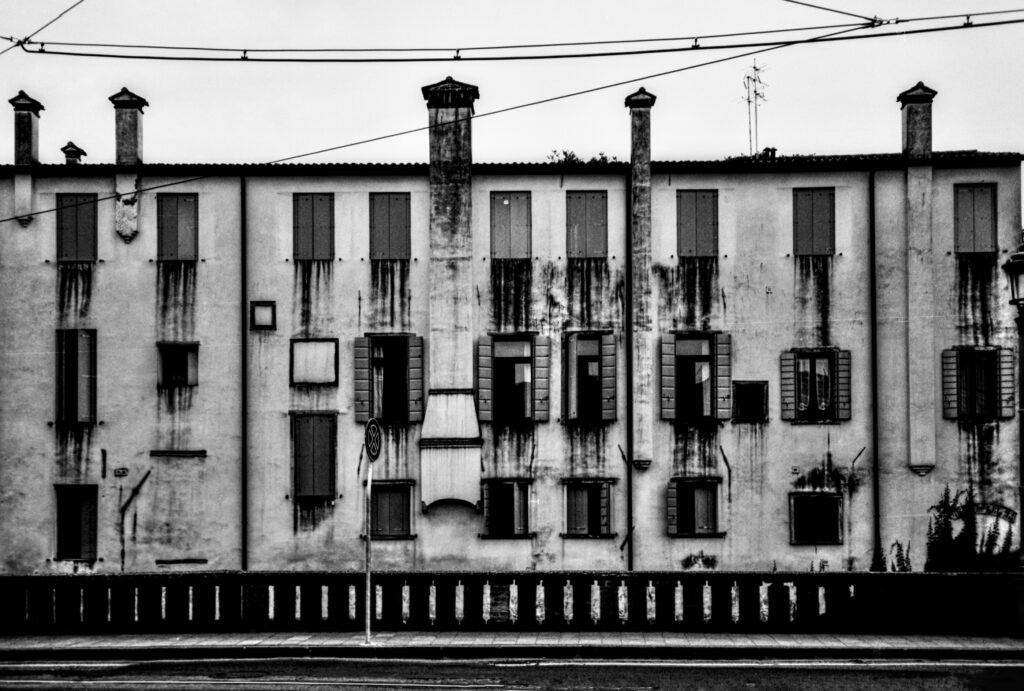
For those interested in the equipment, I used my good old Nikon 35TI with a Ferrania P30. The film was scanned on a Nikon LS4000 with Vuescan. The RGB slider was set to minimum for all colours, and no exposure correction was applied.
Share this post:
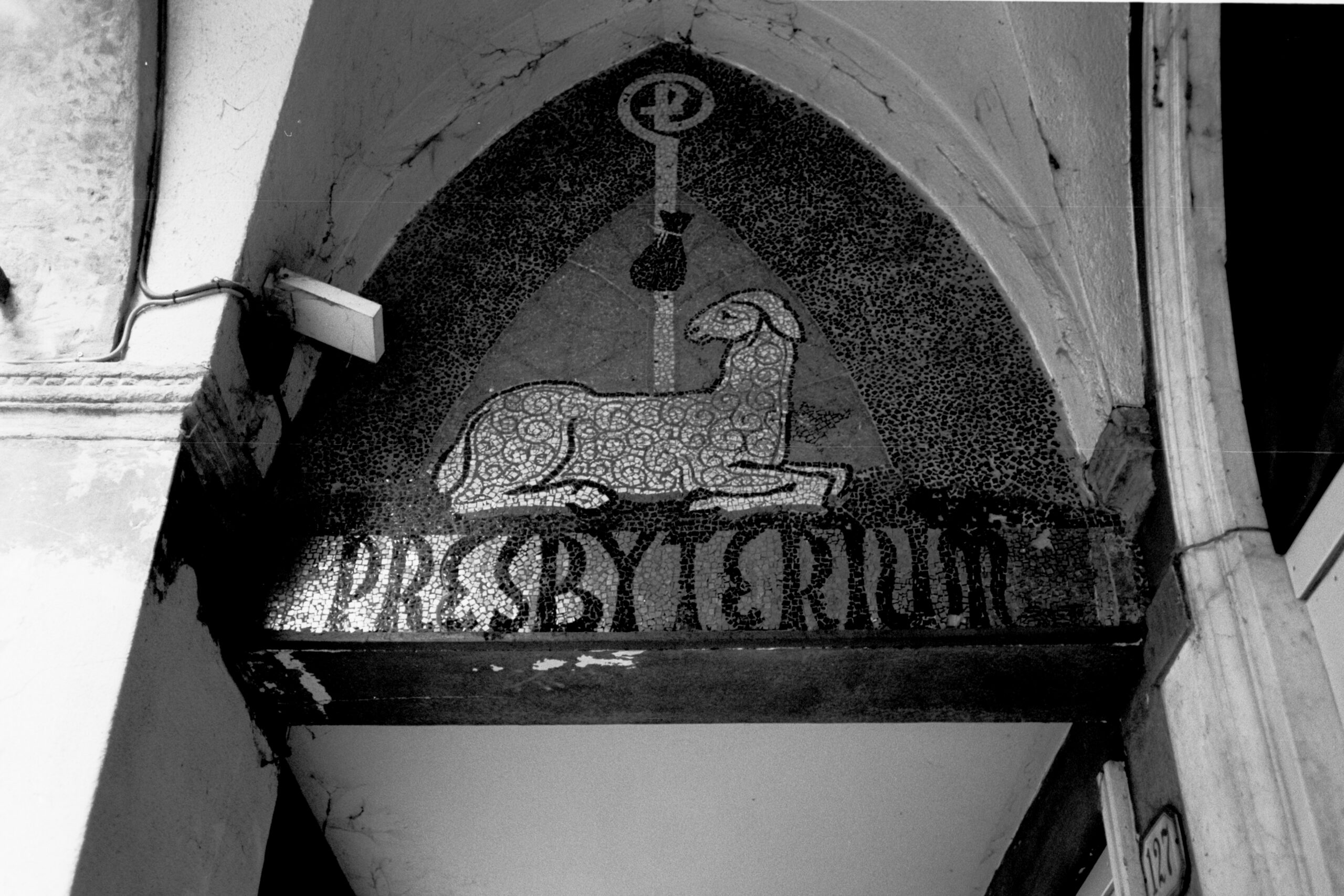
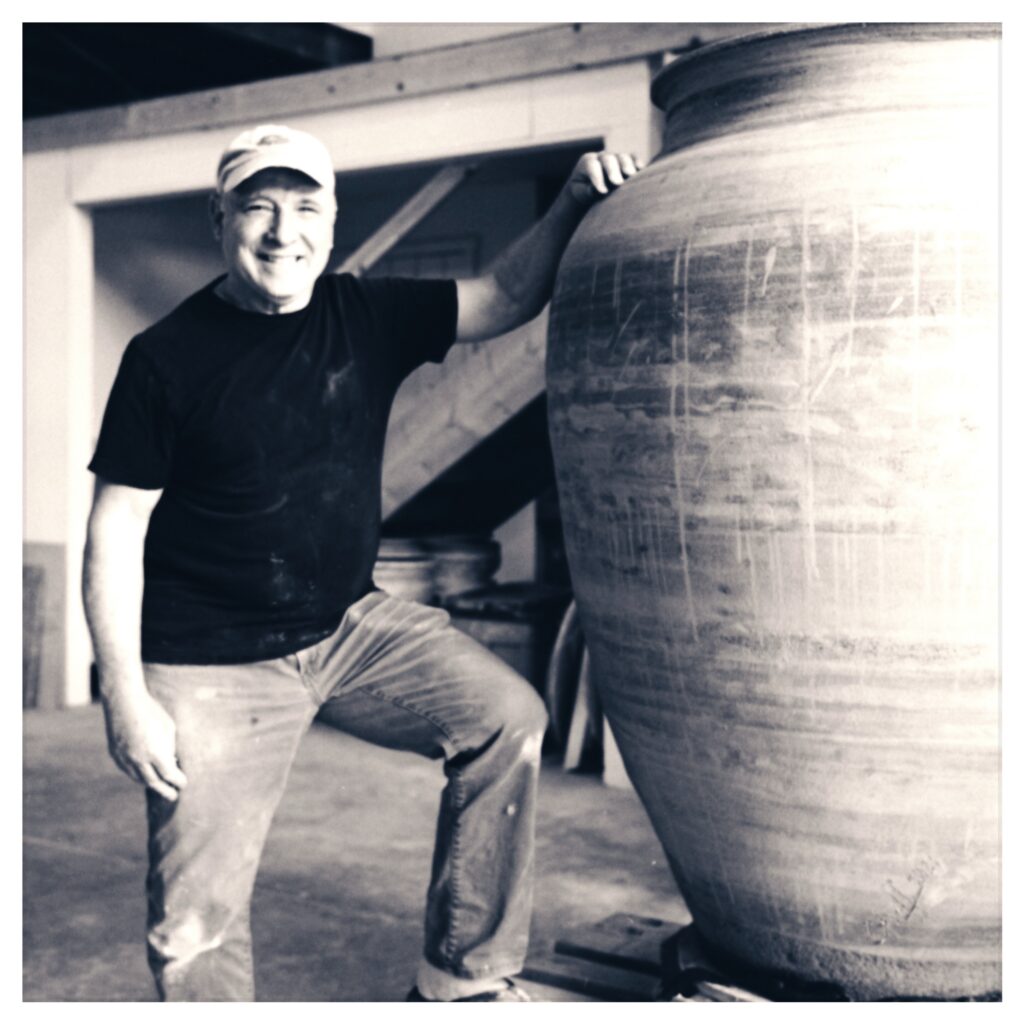
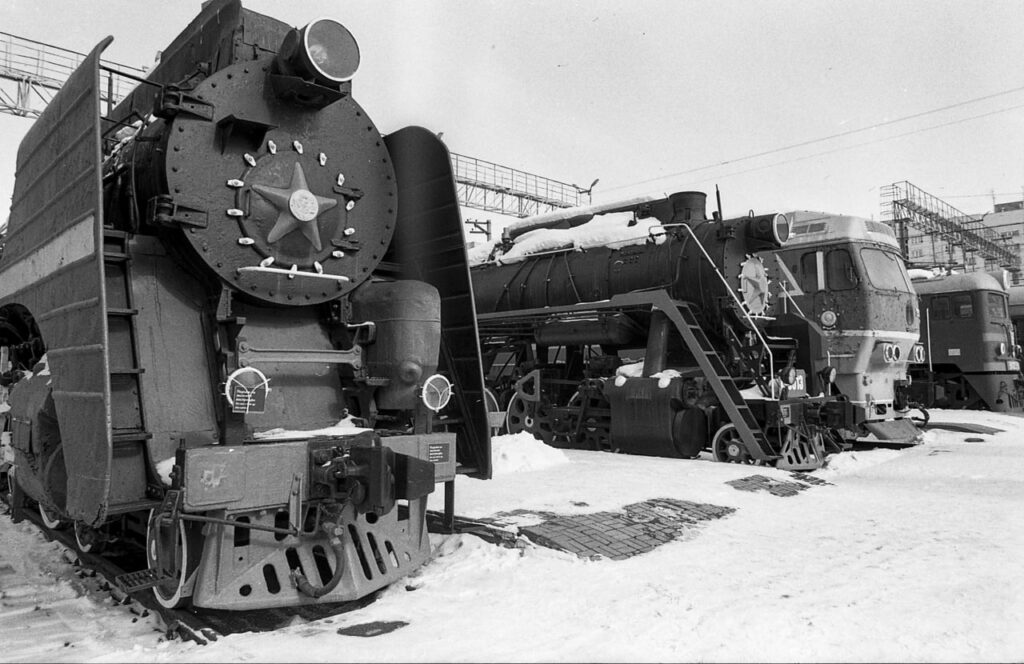
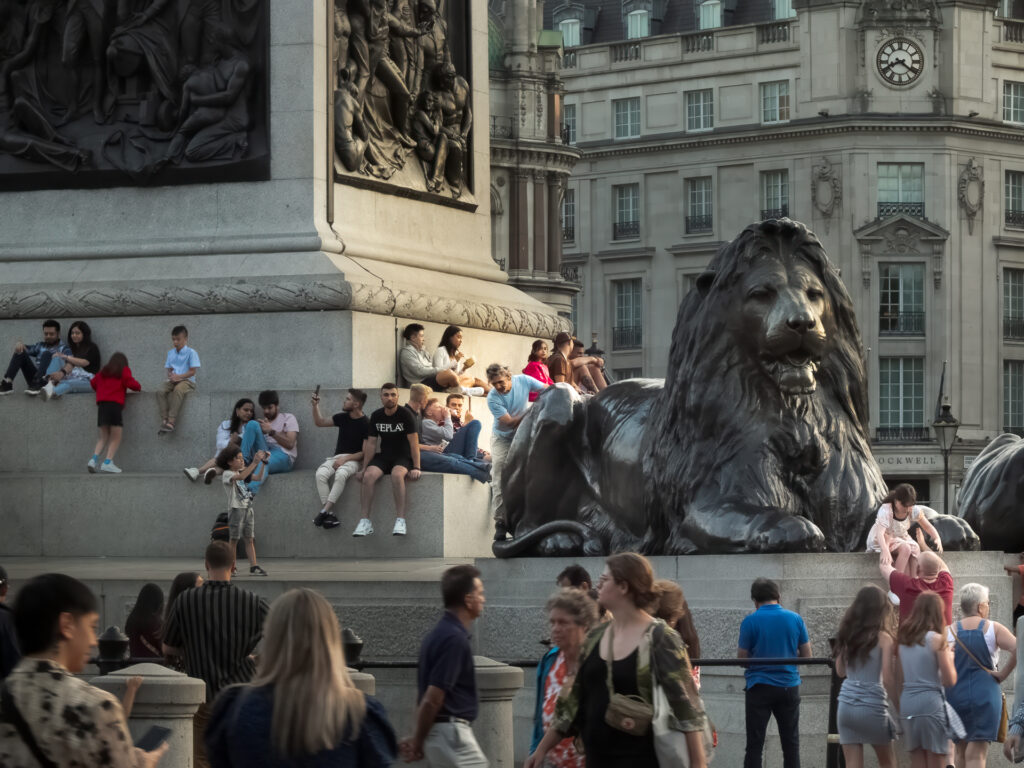
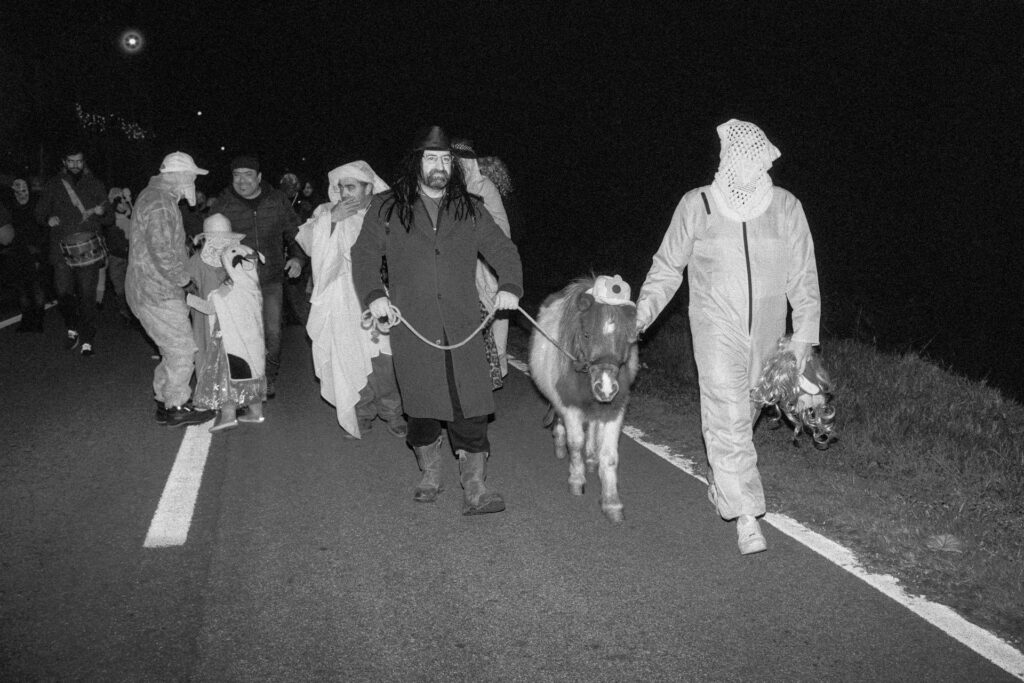




Comments
Gary Smith on Padua, a photographer’s goldmine
Comment posted: 29/10/2024